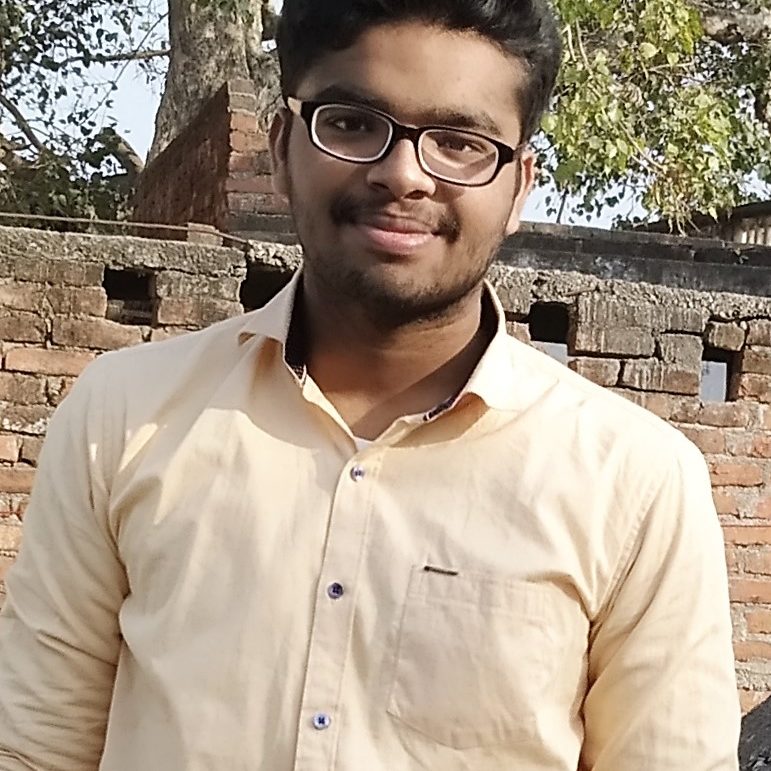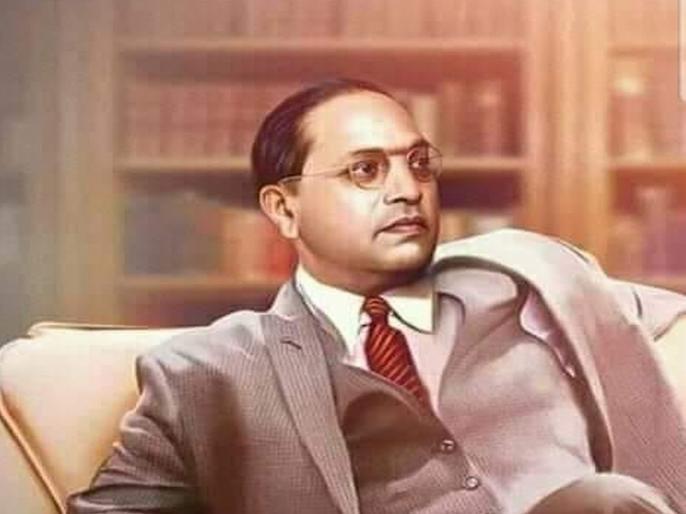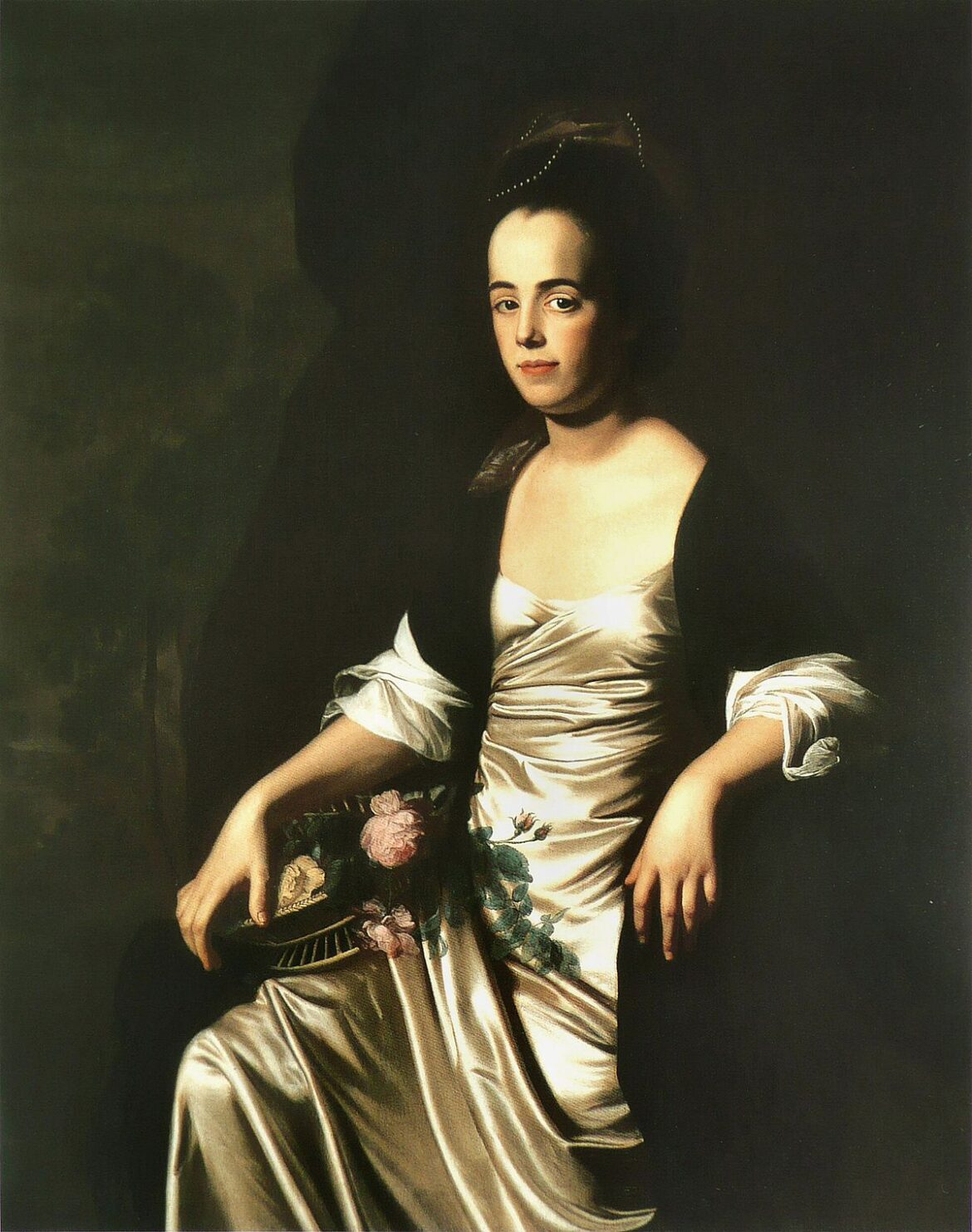By Dheeraj Diwakar
“I measure the progress of a community by the degree of progress which the women have achieved.”
- Dr. B.R. Ambedkar
Introduction
In 2004, Columbia University released a list of the world’s best top 100 scholars, and the list was topped by Dr. B.R. Ambedkar. He made enormous efforts to make sure that society follows a path of Liberty, Equality, and Fraternity. The same can be witnessed from his various writings and speeches.
The concept of caste is so deep-rooted in Indian society that whenever the name of Dr. Ambedkar comes up, the first image of him is that of a messiah of Dalits. But what a lot of people don’t know about Dr. Ambedkar is his fight for women’s empowerment and his pursuit of gender equality in all dimensions of national and private life. This short piece aims to highlight some of the main achievements and endeavours of Dr. Ambedkar for women’s equality in India
Ambedkar And Women’s Rights In Pre-Independence Era
Dr. Ambedkar was aware of the miserable conditions of women. He believed that women are the worst sufferers of the oppressive, caste-based, and rigid hierarchical social system. His main effort was to liberate Indian women from various social and religious ties and provide access to necessities which they were deprived of i.e., Education and Inheritance rights. He regarded education as the only tool for the emancipation of women. On 20 July 1942, while addressing the second All India Depressed classes women’s conference he said, “I shall tell you a few things which I think you should bear in mind. Learn to be clean; keep free from all vices. Give education to your children. Instill ambition in them. Inculcate in their minds that they are destined to be great. Remove from them all inferiority complexes.”
Ambedkar’s approach towards women was completely different from other social reformers i.e. Mahatma Gandhi, Jyotiba Phule, Ishwar Chandra Vidyasagar who tried to reform without questioning the social hierarchical order.
In the early days of 1928, a women’s conference was established in Bombay with Ramabai (Ambedkar’s Wife) as its President. About 500 women participated in Kalram Temple’s entry Satyagraha at Nasik in 1930. The number swelled up to 3000 women participating in the historic Mahad Satyagraha. He believed that family planning measures for women should be taken. In 1942, while serving as a labor minister of the executive council of governor-general he introduced a Maternity Benefit Bill. The bill aimed to provide maternity leave to women workers. In his journals i.e. Mooknayak and Bahiskrit Bharat, he made sure that the issues related to women get an equal place in it.
Hindu Code Bill
Hindu Code Bill is one of the most important initiatives made by Dr. Ambedkar to improve the miserable condition of women. Being the first Law Minister of independent India on February 24th, 1949, he took an initiative and introduced the draft of the Hindu Code Bill in the Constituent Assembly. The bill aimed to release women from various social bondages created by the Hindu social order. The proposed legislation seeks to provide women with the Right to property and other legal rights which were prohibited by the Manu law. The Bill aimed to put men and women in equal places in terms of legal status. He argued that the ideals enshrined in the Bill have their origins in the Indian Constitution which promotes equality. The Bill was first delayed by the parliamentarians and was later rejected leading to Ambedkar giving his resignation from the post of Law Minister.
He introduced four Acts that were also incorporated in the Hindu Code Bill. The acts improved the conditions of women and strengthened their position. The list of Acts along with important provisions for women are as follows:
Hindu Marriage Act 1955: Section 5 of the Act increases the legal age of marriage for girls to 18 years. Section 17 of the Act provides punishment for bigamy. Provisions related to alimony and permanent maintenance have been provided in Section 25 of the act.
Hindu Succession Act 1956: Section 8 of the Act empowers the widow to adopt Son or Daughter. Section 14 ensures that the property of women will be her absolute property. Further, section 15 of the act makes sure that there would be a uniform succession to the property of a Hindu Female who dies intestate.
The Adoption and Maintenance Act 1956: Under Section 8 of this act, widows are empowered to adopt children. Earlier under Hindu law, they were not entitled to do so. Before this act came into force, daughters could not be adopted. Section 9 of the act makes it compulsory that the wife shall be consulted while carrying on any adoption.
The Hindu Minority and Guardianship Act 1956: Section 6(a) ensures that in case of custody if the child has not completed the age of five then the custody lies with the mother. Under 6(b), if the child has been born out of an illegitimate relationship, then the first natural guardian would be mother and then father. The act also empowers the mother to change a guardian of a child who has been appointed by the father.
Constitutional Provisions
Dr. Ambedkar worked as a Chairman of the Drafting Committee and is regarded as the Father of the Indian Constitution. In many of his speeches in the Constituent assembly, he debated for equal rights for women. His approach towards women’s rights played a significant role in ensuring that Women’s rights find a special place in the Indian Constitution. Some of the important constitutional provisions protecting women’s rights are,
Article 14: This article ensures equality for all citizens irrespective of Gender, Caste, Creed, Religion, and race.
Article 15: This article prohibits discrimination on the grounds of Religion, Gender, Caste, Creed, and Race.
Article 16: This article says that there shall be an equality of opportunity in Public Employment.
Article 23: This article prohibits Human Trafficking and Bonded Labour.
These were some important provisions related to women. Apart from them, many other articles protect the rights of women i.e. Article 39(a) and (d), Article 42, Article 51A(e), Article 243D(3), Article 243T(3), and Article 243T(4).
Conclusion
Even in the 21st Century, the issue of gender inequality still finds its deep roots in Indian society. The condition was more critical in the pre-independence era and the early parts of post-independence. It was Dr. Ambedkar and some other handful of social reformers who came forward to lessen the plight of age-old sufferers i.e., Women. Interestingly, when the Hindu Code Bill was to be introduced by Ambedkar, numerous women opposed the Bill. The efforts made by Ambedkar with regards to Women’s equality haven’t been much recognized or if recognized get faded because of the title he carries i.e., Liberator of Dalits.
Author: Dheeraj Diwakar





